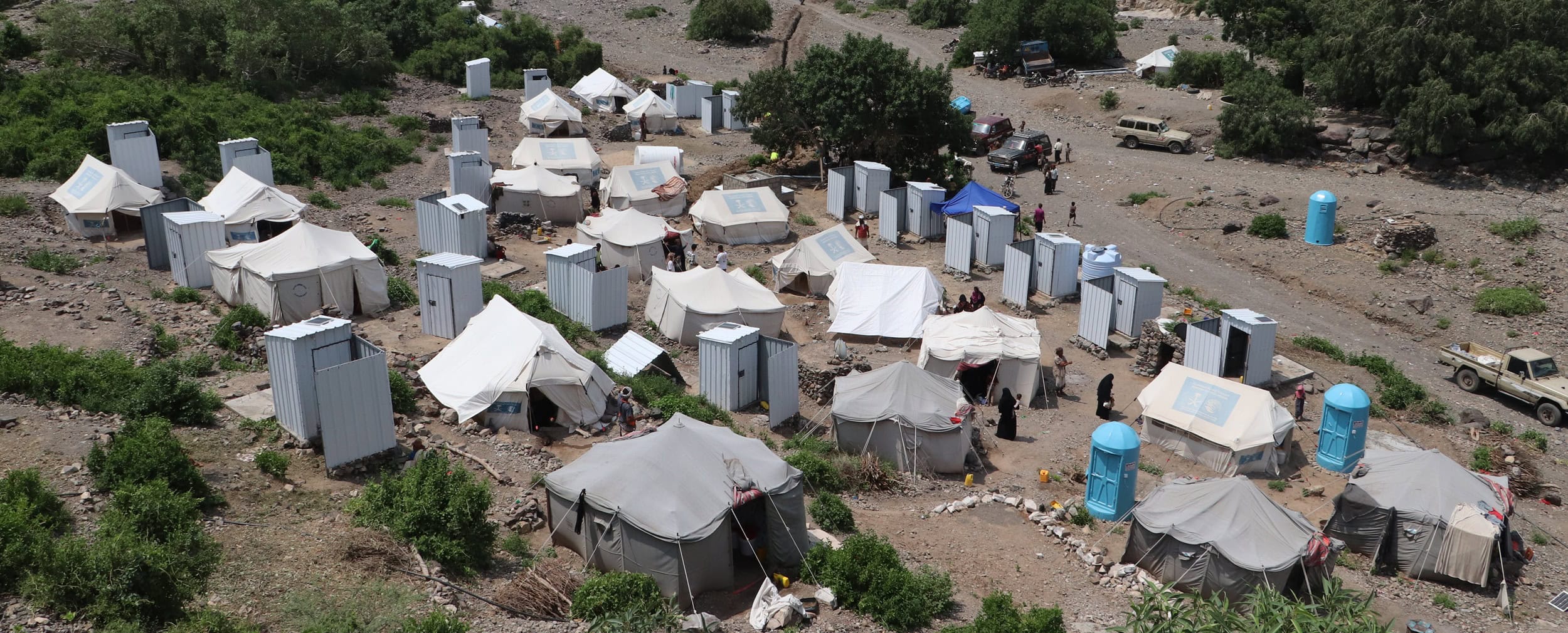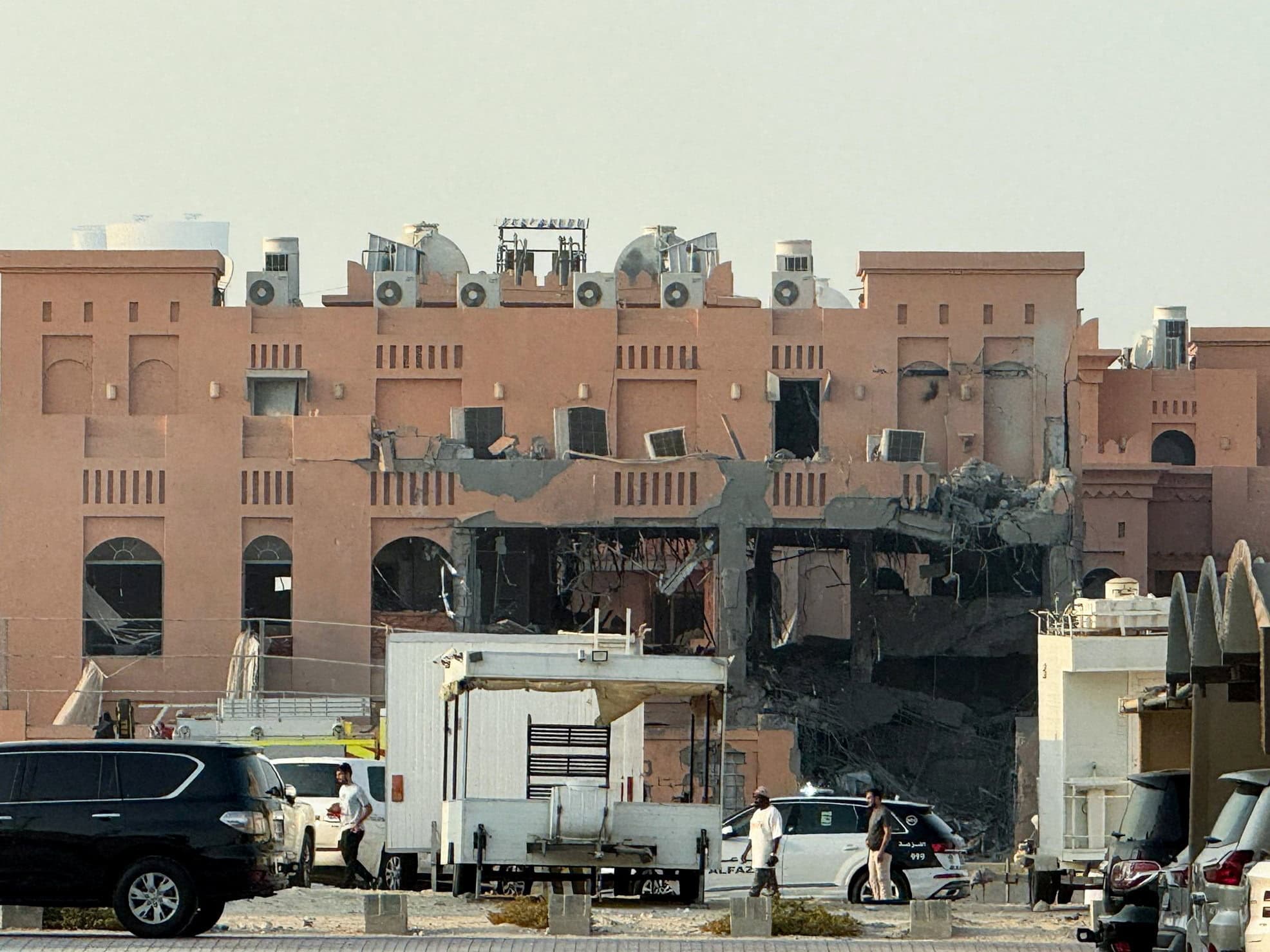
The island of Socotra in South Yemen (courtesy: United Nations)
آخر تحديث في: 04-08-2024 الساعة 4 مساءً بتوقيت عدن
So far, it seems that combating the impact of climate change in Yemen is the lowest priority for political parties which are preoccupied by the political crisis and the war which entered its 10th year.
Abdullah Al-Shadli (South24)
In November 2023, the United Nations Development Programme (UNDP) in Yemen released a report detailing Yemen’s likely climate future and how climate change could affect the economic and human development in the long run.
The report said: “Yemen is among the countries most vulnerable to climate change, and has been facing a worsening water crisis for decades. Yet, like most low-income countries, Yemen contribution to the climate crisis is very small.”
The report projects an increase in malnutrition and poverty in Yemen if climate action to build resilience is not undertaken. With climate change, by 2060, it is projected that Yemen would lose a cumulative $93 billion in Gross Domestic Product (GDP) and 3.8 million more people would suffer from malnutrition.
So, what are the repercussions of climate change in a poor country torn by war like Yemen?
Hurricanes and Floods
Environmental expert Dr. Abdulqader Al-Kharaz, former Head of Yemen’s Environment Protection Authority, warned of the growing sharpness of extreme climate phenomena in Yemen. He pointed out that hurricanes and floods have become a big threat to the life and property of people.
Al-Kharaz told ’South24 Center‘ that Yemen is among the most vulnerable to the effects of climate change, and especially suffers from waves of severe drought, from floods, hurricanes, and heavy rains.”
“Hurricanes, especially those that hit the east-south of Yemen over the past years including Al-Mahra, Socotra, and Hadramout governorates, have caused heavy damage to infrastructure and property. They have also led to the displacement of many people,” he added.
He said that ”floods, that have been a result of heavy rains, have affected both coastal and interior areas. This has exacerbated the crises of water scarcity and food insecurity.”
Yemeni engineer Omer Badokhon, who won the ’Young Champions of the Earth‘ awarded by the United Nations Environment Programme (UNEP) and leading materials science company ’Covestro‘ for his work on biogas plants in 2017, told ‘South24 Center’ that “hurricanes, irregular rainy seasons, severe drought in some seasons, and torrential rains that repeatedly turn into floods, and storms, are the most prominent climate change effects in Yemen”.
He pointed out that “the increase in temperature and the turmoil of the rainy seasons have disturbed the agricultural calendar and damaged crops, whether due to drought, soil salinity or other factors resulting from disturbance of the agricultural seasons”.
According to him, there are two main prerequisites related to climate change. The first is “adapting to climate change, and second, alleviating its effects and reasons”. He added that “Yemen obviously isn't the main culprit for the climate change. We are all aware that the main cause behind climate change is the emission of greenhouse gases, especially carbon dioxide, methane, and others. Yemen is among the least contributing countries; its contribution is unremarkable. However, Yemen is among the most affected countries due to climate change.”
Repercussions and Impact
Eng. Amer Ahmed Baras, an expert in the field of environmental studies and climate, told ’South24 Center' that the ramifications of climate change in Yemen can be summarized in the following points:
● A growing conflict over water resources and the resultant limiting of access to clean water for drinking and irrigation.
● Deterioration of food security due to decrease in food production as a result of drought and decline in soil quality.
● Growing rates of homelessness and migration in search of water resources and better food, which leads to tensions and changes in the social and economic structure of the country
● The sea level is rising in some places and falling in others. This threatens coastal areas, and the houses and infrastructure built along coasts
● Repeated occurrence of natural disasters, such as floods, sweeping torrents, sandy storms, and troughs that impact infrastructure and local communities.
Eng. Badokhon added that climate change “largely affects different sectors, especially agriculture, fish production, rural development and health”.
Required Solutions
Experts agree that climate change solutions in general can’t be limited to one country and should be applied across the world.
Baras summarized some solutions as illustrated below:
● Turning to clean energy resources such as solar energy and wind to reduce carbon emissions.
● Enhancing flexibility and adaptation by developing agricultural technologies that can resist drought and manage water more efficiently.
● Protecting natural resources by encouraging sustainable agricultural practices and maintaining the environmental cover with all its forms, whether green, vegetable or animal.
● Developing infrastructure that can resist environmental problems and disasters like floods, sweeping torrents, and sandy storms.
● Boosting international cooperation to exchange knowledge, technology, and resources for combating climate change and coping with it.
“Of course, achieving these solutions requires joint efforts by the government, local community and the private sector. This is in addition to a strong international commitment to achieve the goals of the Paris Agreement," Baras added.
Al-Kharaz warned that “human activities have accelerated climate change although it is a natural phenomenon. Thus, the impacts of climate change have emerged much faster than expected. What would have happened over 100 or 200 years is currently seen within 10 years only”.
According to him, effects such as strong storms, floods, and droughts will worsen if no urgent measures are taken. He stressed the importance of preparing for climate change through improving early warning systems and establishing proper infrastructure.
He stressed that it is necessary to take measures to mitigate greenhouse gas emissions. These include enacting laws and legislations that prevent construction in endangered areas, activating the current laws, and encouraging the use of renewable energy sources. He pointed to the importance of implementing sustainable projects and combating corruption in the relevant ministries to ensure the effective implementation of projects.
Badokhon said: “Climate change is a major global issue, not only in Yemen. Reducing it is a very costly process that requires prior plans and preparations to cope with it. This is related to the fact that it can be easily predicted, such as hurricanes and the sharp decline in rains in some interior areas along with temperature increase.”
He added: “It’s effect can be reduced by establishing big early warning and emergency centers as well as those specialized in rescue services and swift response to crises.”
“There are very big fundings (for mitigating climate change) that are monitored internationally. Countries should prepare plans that cope with all the relevant sectors and they will be funded if presented in a proper way.”
Corruption and Malfunction
Al-Kharaz was critical of the Yemeni Internationally Recognized Government over corruption and malfunction that threatens the climate change funding for Yemen. This would hinder the country’s efforts to combat this phenomenon, he said.
He told ’South24 Center‘: “Incompetent and corrupt persons manage climate change projects in Yemen, and hinder the country’s access to necessary funding from the Green Climate Fund and other international bodies. Some testimonies related to evaluating the environmental impact may be fabricated which stirs big concerns about the validity of such projects.”
Elaborating, Al-Kharaz said that "a project that was prepared to qualify Yemen’s Environmental Protection Authority for obtaining funding from the Green Climate Fund did not succeed due to corruption, which confirms the seriousness of this phenomenon." He stated that "the World Bank has suspended its funding to Yemen due to the inability to manage climate change projects effectively and transparently.”
He added that “a second project worth $17 million prepared in 2018 for areas in Socotra and Al Mahrah has not yielded any results so far. This raises questions about the fate of these funds." He pointed out that "the fourth climate report, which was funded in 2019, has not yet been completed, which confirms the deficient performance of the entities responsible for implementing these projects."
He stressed that “there are other projects that don’t exist in reality and that this raised doubts about the corruption operations in this field”. According to him, “There are plans to deliver the climate change fundings to one agent or one company. This will increase the control on money by these bodies without any competition”.
’South24 Center‘ hasn’t been able to contact the Yemeni government or the relevant bodies to verify these claims.
So far, it seems that combating the impact of climate change in Yemen is the lowest priority for political parties which are preoccupied by the political crisis and the war which entered its 10th year. Moreover, the country suffers from deteriorating economic and humanitarian crises in a way that makes talking about climate seem as a “luxury”. This is despite the grave environmental risks the country faces related to climate change.
The fact that Yemen is among the most affected by climate change as a result of global warming and carbon emissions despite its negligible contribution in these emissions raises questions about climate justice and the role of the global industrial forces that drown the planet with this waste. This is along with the role of the United Nations towards Yemen.

قبل 3 أشهر

قبل 3 أشهر